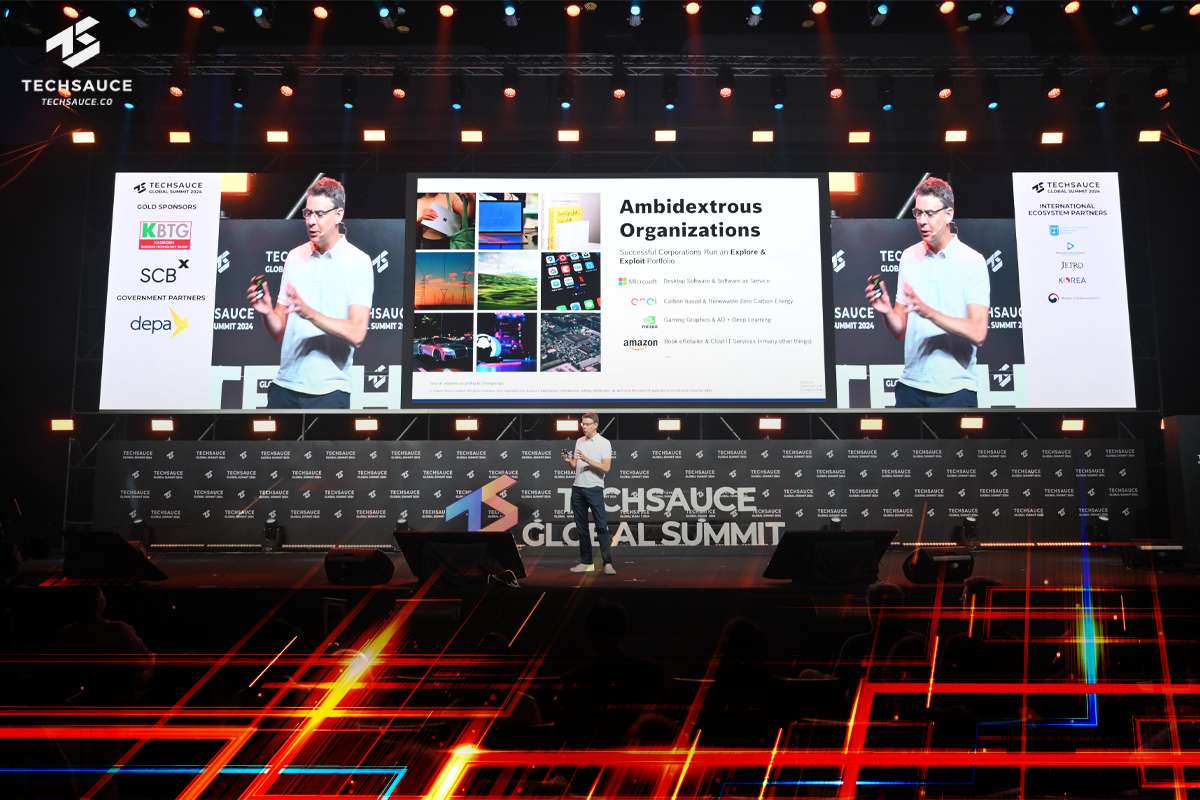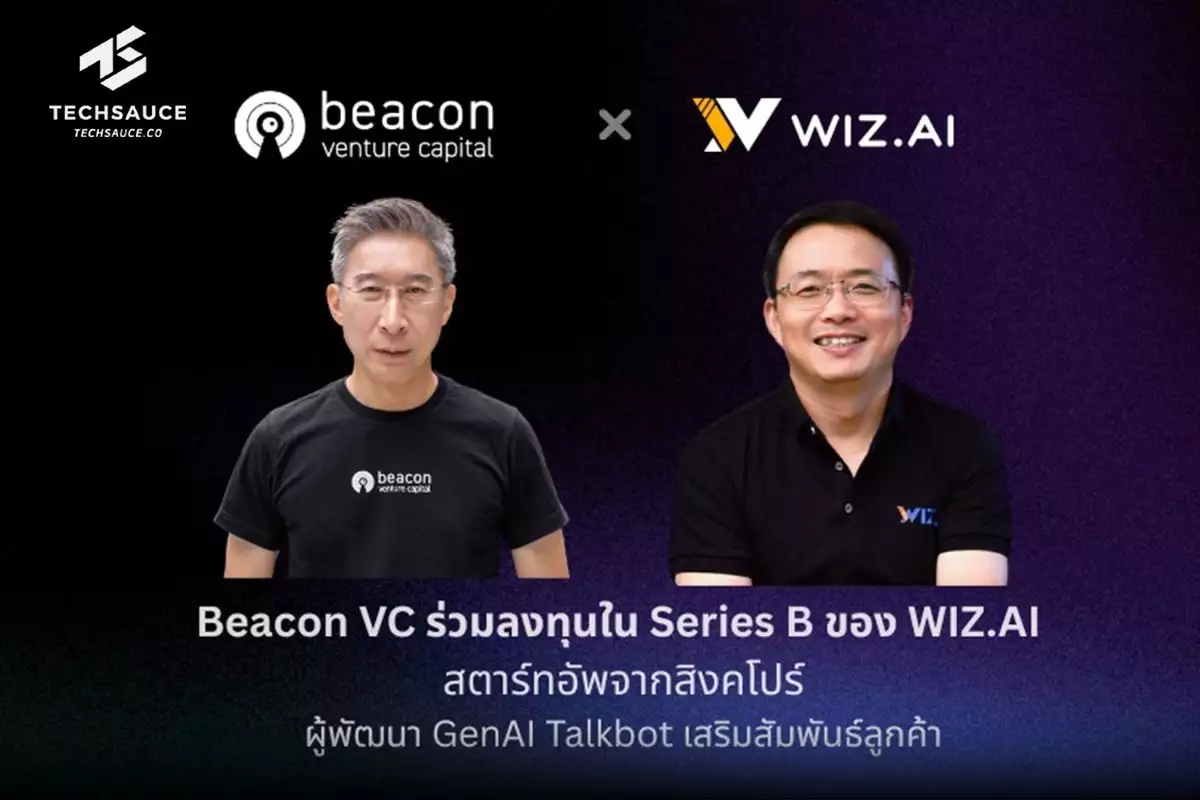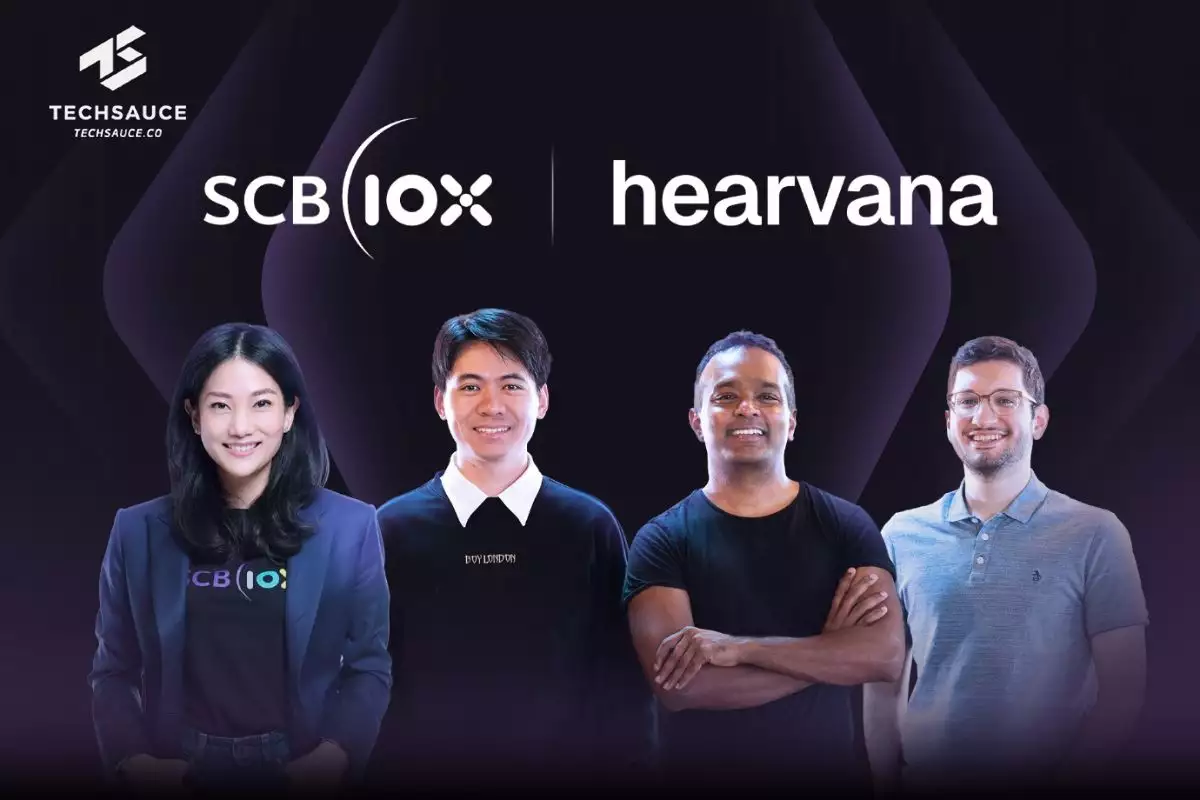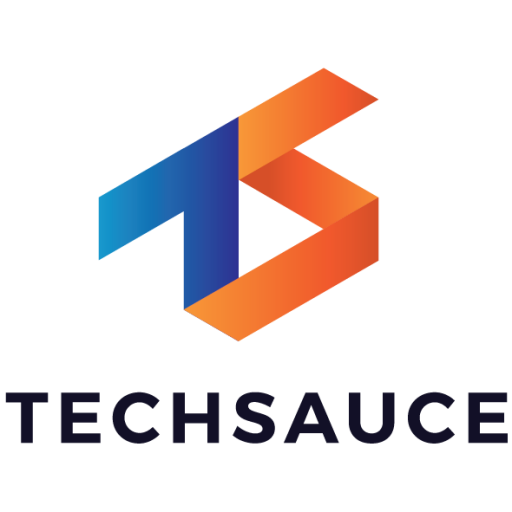Building a Successful Business by Bosch Innovation Framework by Dr. Uwe Kirschner
At the Techsauce Global Summit 2024, Dr. Uwe Kirschner, Vice President of Business Model Innovation at Bosch, delivered a keynote address on “Unlocking the Secrets of Successful, Capital-Efficient, and Bold Innovation.”

Drawing from his extensive experience at Bosch, Dr. Kirschner shared a practical framework for driving innovation, known as the Bosch Innovation Framework (BIF), emphasizing core business practice along with prospective innovations. He presented it as the key to developing an "ambidextrous organization", capable of maintaining both existing business operations and exploring new opportunities simultaneously.
 Dr. Kirschner gives examples of Ambidextrous Organizations like Amazon, Microsoft and Nvidia
Dr. Kirschner gives examples of Ambidextrous Organizations like Amazon, Microsoft and Nvidia
The Bosch Innovation Framework (BIF): A Structured Approach to Innovation
Bosch's strategy to integrate innovations into a successful enterprise lies in a structured framework. BIF serves as a guide for the assessment and progression of innovative projects, making sure that each stage is clearly defined and tracked with KPIs and milestones. It emphasizes the importance of aligning innovation efforts along with strategic goals, a method referred to as “strategic hunting zones.”
Finding the Strategic Hunting Zones
Bosch defines the “hunting zones” as areas with significant potential customers that the company can explore with its existing capabilities. These zones must represent substantial market potential. Successful innovation involves building upon trends and capitalizing on existing assets, to maintain current and future market relevance.
Capital Efficiency and Rigorous Validation
Bosch employs a capital-efficient approach, emphasizing rigorous validation and incubation. By focusing on a select few ideas with high potential, the company avoids wasting resources on less promising ventures. This strategy is demonstrated by Bosch's development of a Quantum Sensor project and their successful investment into the hydrogen fuel cell business.
Integrating Innovation: From Validation to Integration
Integrating validated innovation projects into the larger organization presents unique challenges, such as accessing resources and managing potential conflicts with existing business units. Initially, Dr. Kirschner believed that successful validation—identifying a significant customer problem, establishing a repeatable business model, developing an MVP (a basic working prototype), and securing early adopters—was the key to innovation. However, he later realized that effective innovation integration is just as crucial.
 Dr. Kirschner encourages businesses to explore beyond their core market.
Dr. Kirschner encourages businesses to explore beyond their core market.
This integration process is often complex, involving hurdles like scaling sales and evolving the product. Bosch's approach to these challenges involves a multi-faceted innovation strategy, encompassing both internal and external initiatives. The company actively engages in “outside innovation” by investing in and collaborating with startups, as well as “inside-out innovation” by exploring ideas that extend beyond its core business.
This diversified approach allows Bosch to tap into a wide range of expertise and resources, fostering a dynamic innovation ecosystem that enables the company to venture into innovative areas like quantum sensors and the hydrogen economy. Additionally, Bosch recognizes the importance of finding the right "home" for new ventures within the organization, ensuring they have the necessary support to grow and thrive.
Conclusion and Key Takeaways
In conclusion, Dr. Uwe Kirschner's keynote at the Techsauce Global Summit 2024 provided a compelling blueprint for successful innovation, emphasizing the power of a structured approach and the importance of an agile, open mindset. He illustrated how a framework like the Bosch Innovation Framework (BIF) can guide businesses through the complexities of identifying and integrating new ventures. To foster innovation and achieve sustainable growth, Dr. Kirschner outlined key takeaways that businesses can implement:
Establish a Clear Framework: Align innovation efforts with strategic goals and track progress effectively.
Identify Hunting Zones: Focus on solving significant customer problems in areas with high market potential.
Prioritize Capital Efficiency: Rigorously validate and incubate ideas to optimize resource allocation.
Embrace Integration: Seamlessly integrate validated innovations, leveraging existing assets and capabilities.
Leverage Technology: Harness cutting-edge technologies like Generative AI to drive innovation.
While the path to innovation is not without its challenges, Kirschner's insights demonstrate that with the right tools, strategies, and mindset, organizations can overcome these obstacles, creating ambidextrous organizations capable of driving both growth and enduring success.
ลงทะเบียนเข้าสู่ระบบ เพื่ออ่านบทความฟรีไม่จำกัด






